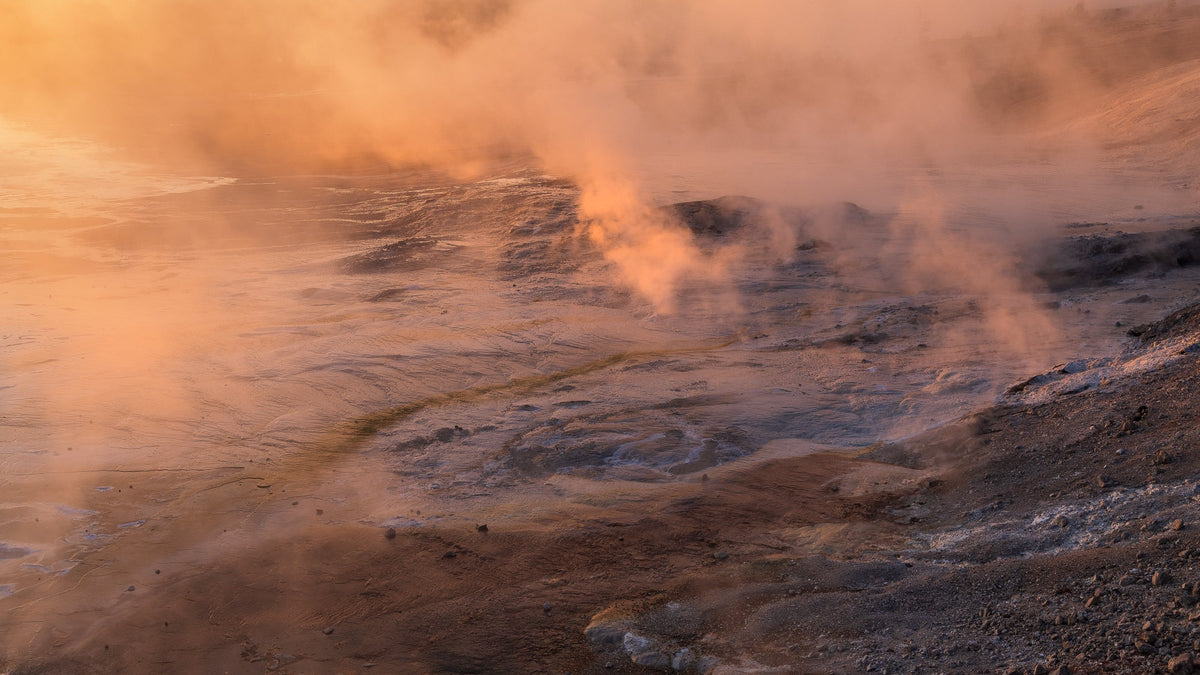
Mastering Raw Sharpening in Lightroom
|
Time to read 2 min
|
Time to read 2 min
Raw files contain a wealth of data but lack the sharpening applied to JPEGs. Proper Raw sharpening serves to:
Remember, Raw sharpening is not about creating a razor-sharp final image; it's about reducing softness while preserving image quality. Overdoing it at this stage can lead to problems later.
While Lightroom's sharpening tools are powerful, they can be a double-edged sword. The Detail slider, in particular, can be problematic if not used judiciously. Here's why:
To illustrate this point, the image above shows an extreme example of artifacts introduced by aggressive use of the Detail slider. While you'd never use such extreme settings in practice, it demonstrates the type of artifacts to watch out for.
This method prioritizes artifact-free sharpening:
By eliminating detail enhancement, this method allows for higher overall sharpening without introducing artifacts. The increased radius helps compensate for the lack of fine detail sharpening.
This approach aims to balance detail enhancement with minimal artifact introduction:
This method can provide the appearance of more fine detail due to subtle artifact introduction. However, careful management of the Amount slider is crucial to prevent noticeable artifacts.
I lean towards Method 1. Here's why:
Raw sharpening is a nuanced process that requires careful consideration. While these methods provide a solid starting point, I encourage you to experiment and find what works best for your photography style, equipment, and subjects. Remember, the goal is to create a clean, well-prepared base image that will shine in its final output, whether on screen or in print.
Tired of complicated Lightroom tutorials? Discover my streamlined methods for breathtaking edits without the confusion. Learn simple, yet powerful techniques that yield professional results. Transform your photos effortlessly with my easy-to-follow video guides. Simplify your workflow, amplify your creativity!
Lorem ipsum dolor sit amet, consectetur adipiscing elit, sed do eiusmod tempor incididunt.



